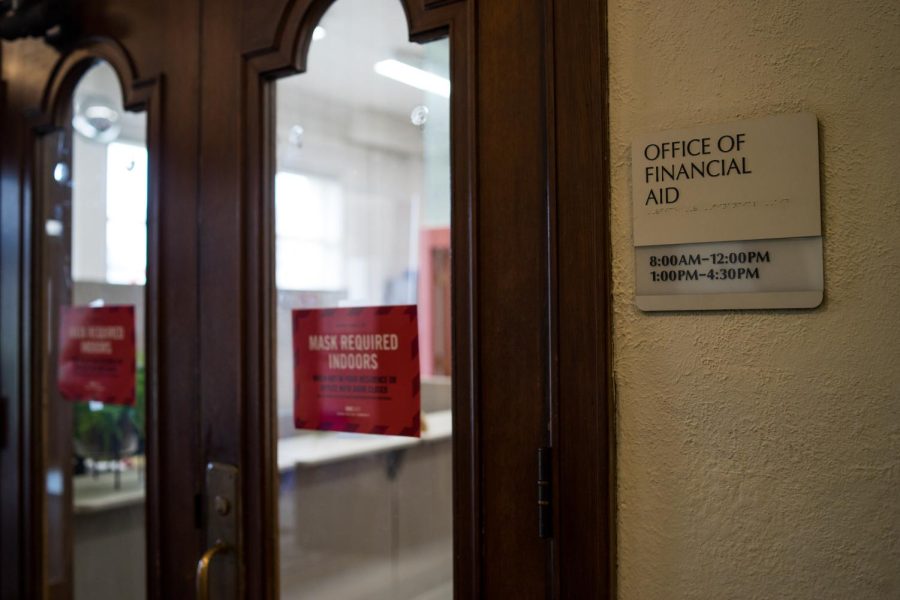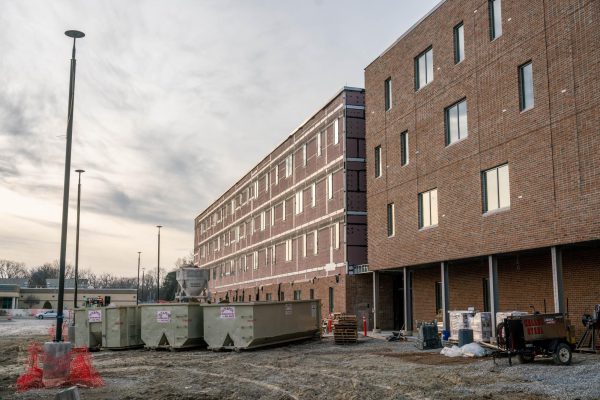Congress Simplifies FAFSA as Pressure Grows to Address Student Loan Crisis
Congress recently passed the FAFSA Simplification Act which will change the formula for how aid is calculated. Changes will not go into effect until the 2024-205 academic year.
In a spending bill earlier passed earlier this month, Congress made several changes to how students pay for higher education — delaying the implementation of the Free Application for Federal Student Aid Simplification Act by a year and increasing the maximum grant for Pell Grant Recipients by $400. The changes come amidst a larger national discussion about the future of the student loan crisis.
Most of the changes to the FAFSA will not go into effect until the 2024– 2025 academic year, so the current first-year class will be the only class enrolled at Oberlin affected by the time the revisions go into effect. One of the most important changes included cutting down the 108 questions in the FAFSA form to a maximum of 36.
Despite the delay, some smaller changes have already gone into effect, such as the removal of a question about the Selective Service and another about whether the applicant had ever been convicted of a drug related offense.
“For students who had previously had some sort of drug arrest who had already done whatever they needed to do whether they served time or had gone through the legal process, this was almost like holding them accountable for that all over again,” Director of Financial Aid Michele Kosboth said. “So being able to take that off the FAFSA and say students don’t have to answer that question really felt like a social justice move.”
Visiting Assistant Professor of Politics Amanda Zadorian studies economic inequality and echoesd Kosboth’s sentiment, stating that the change is a step in the right direction.
“One thing I think is really great is that there’s now Pell eligibility for incarcerated students in the new FAFSA, and also drug convictions no longer count against you,” Zadorian said. “I think those are really important for equity. Big wins for equity.”
In the long term, the act aims to make changes to FAFSA to simplify the filing process. However, it is too early to gauge how these changes will affect the way in which Oberlin distributes financial aid or who will be eligible for government programs like the Pell Grant. The revised FAFSA will also include a new financial measurement called the Student Aid Index which will replace the current FAFSA’s Estimated Family Contribution.
“What’s coming next … are the changes to how the formula works,” Kosboth said. “That’s the part that we don’t really fully understand yet in terms of how it’s going to impact Oberlin students. [A] couple of the things that will change that we know, for example, is they will no longer look at how many students in the household are in college.”
The passage of the FAFSA Simplification Act and increased funding for Pell Grants may be a relief for students and their families who have to navigate the challenging process of applying for financial aid. Still, the changes do little to address the larger issue of the student loan crisis in the U.S.
Since President Biden’s election in 2020, progressives have pushed Biden to use his executive authority to cancel student loans. During his campaign, Biden promised to forgive $10,000 of federal student loans per person.
“This is something that has a long, long history — the idea of canceling all the debts to prevent an uprising of the lower classes,” Zadorian said. “The federal government holds $1.6 trillion in student loan debt. Which is a lot of money, but it’s only twice the defense budget that was passed for 2022. So it’s literally two years of federal military spending.”
Zadorian traces the history of the student loan crisis to the 1980s, when the movement towards austerity opened the door for greater privatization and a greater reliance on debt. As a result, many public universities became underfunded — a trend that continues to this day. This pushes students to seek out private education, which contributes to rising levels of student debt.
“Rather than going to a well-funded public university, where you pay a nominal fee for a quality education and emerge without debt into the world and become a productive member of society, instead, you’re expected to borrow against your future earnings to go to a private college to get a quality education,” Zadorian said. “And the promise there, the sort of social contract there is that once you graduate with that quality degree, you will find a job and be able to pay back the debt.”
Unfortunately this reality has not panned out for the nearly 43 million Americans with student loan debt who face widening income inequality and the difficult task of achieving upward mobility.
“People in that 1980s, 1984 generation who are not upwardly mobile are not able to pay their debt and buy homes,” Zadorian said. “Which means they’re not creating wealth by having that home asset, which is the primary way that Americans build wealth. And that’s going to have continuing implications as they age and become older.”







